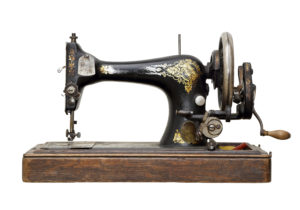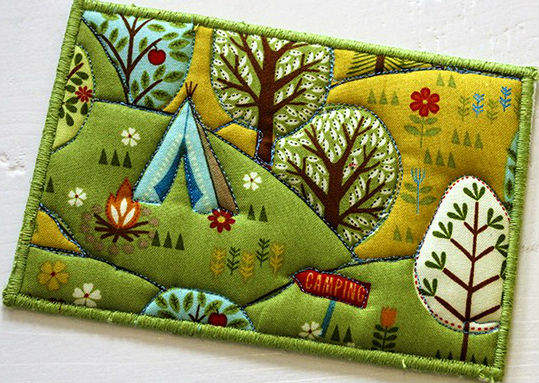This Blog was brought to you by the San Antonio T Shirt Printing from Coremediaworld
The Ultimate Guide for Selecting an Apparel Printing Company
First of all, ordering a custom t-shirt printing on the internet is cost saving. You can be able to find some people who are more inclined to buy an item based on the brand than the quality, but there are also some who would prefer the opposite. If you are one of those people who do not really care about the brand, then it would be a great idea for you to order a custom tee shirt online. If you are thinking of buying only a perfectly printed tee shirt that is made of high-quality materials, then it would be best for you to search online for custom printed tee shirts.
In these modern times, custom printed apparels are very common. They are clothing that is printed according to your style. But some people have not tried wearing one yet. What they usually have in mind is that these clothes are expensive. But the fact is that they can be as cost-effective as other kinds of clothing that can be grabbed from the market. It only requires you to exert some more effort in seeking out an apparel printing service that is cheap but of high quality. There are so many choices available out there.
T-shirt Printing Tips
T-shirt Printing Tips: How To Hold and Move the Squeegee & How Much Pressure to Apply If your ink is too thick then you have to apply lots of pressure to get the ink through the screen. This excessive pressure spreads the ink and causes shadowed uneven prints. If the ink is the right thickness (viscosity) you should be able to use medium pressure with one stroke and have a GREAT print. When printing on dark shirts you will find that excessive pressure drives the ink too deep into the garment and it actually isn’t as bright as when you lighten up a little.
T-shirt Printing Tips: Coating The Screen With Emulsion Depending on how good your air circulation is and how many screens you coat at one time, your drying time can be anywhere from an hour for one screen to overnight for a rack full. The drying time will also depend on the relative humidity in your geographic region. Remember that the area where the screens are drying with emulsion should be a clean room with minimal dust being airborne. Dust that falls onto the surface of the wet emulsion on the screen is most likely to cause pinholes or blockage within your stencil area. Once the screen is dry it is very light sensitive and all steps hereafter up until the screen is taken out of the exposure unit should be done in subdued yellow or red light.
==============gtg




